This article was co-authored by Claudia Carberry, RD, MS. Claudia Carberry is a Registered Dietitian specializing in kidney transplants and counseling patients for weight loss at the University of Arkansas for Medical Sciences. She is a member of the Arkansas Academy of Nutrition and Dietetics. Claudia received her MS in Nutrition from the University of Tennessee Knoxville in 2010.
This article has been viewed 38,023 times.
Chlorophyll is the pigment found in plants that makes them green and allows them to absorb energy from the sun. Taking chlorophyll as a supplement has many benefits, including its deodorizing and wound-healing properties. More recently, studies have proposed chlorophyll might have anti-carcinogenic properties, although further research is needed. Plants such as algae, spirulina and leafy greens such as kale, Swiss chard and spinach have loads of chlorophyll. In addition, you can purchase chlorophyll supplements in liquid drops or tablet form. We’ll teach you the best ways to add chlorophyll to your diet and how to make the most of this natural supplement.[1]
Steps
Taking Chlorophyll Supplements
-
1Talk to your doctor before starting chlorophyll supplements. Your doctor should be able to offer advice on whether or not you require chlorophyll supplementation. In some cases, chlorophyll supplements should be avoided. For example, since there has been a lack of safety research on chlorophyll supplements, pregnant women should avoid commercial supplements.[2]
- If your doctor advises against supplementation, you can still get your chlorophyll from natural sources such as kale, spinach or broccoli.[3] In fact, eating green vegetables daily is a much better way to get chlorophyll into your diet along with fiber and other nutrients.
- Keep in mind that chlorophyll supplements may not be recommended if you are taking other medications or if you are pregnant or nursing. Check with your doctor to be sure.
-
2Shop for chlorophyll supplements. If you are unable to get enough chlorophyll from vegetables, you could use a supplement. Chlorophyll supplements can give you a boost of energy, as well as provide a number of potential health benefits. You can find chlorophyll supplements at most health food stores. Ask the health food clerk which brands are reputable. If there are no health food stores nearby, shop online.
- You can get chlorophyll supplements in a variety of combinations, including with papaya, spirulina and green mixes containing a variety of other vitamins and minerals.
- Chlorophyll supplements cost between $15 and $70.
- Also, keep in mind that the FDA does not regulate supplements. Check the label for other indicators of quality, such as a USP label or other 3rd party verification.
Advertisement -
3Choose a supplement form. You can get chlorophyll supplements in a variety of forms, including tablets and liquids. If you choose the liquid form, you squirt a few drops in a glass of water. It will get very green and tastes slightly minty and a little bitter. If you choose the tablet form, you don't have to worry about the strong taste. Follow the dosage recommendations on the label, or as directed by your naturopath or doctor.
-
4Recognize side effects of chlorophyll supplementation. Taking the supplement orally may give you a green tongue or green feces. If you apply it topically to treat a wound, it may lead to a mild burning sensation or itching. If you take a lot of the supplement and in unusual situations, rare side effects include diarrhea and abdominal cramps.[4]
- Seek a doctor if you experience rare side effects.
-
5Buy chlorophyll water. Many juice stores sell chlorophyll water, which is water with some liquid chlorophyll. If you are on the run and forgot to take your chlorophyll supplement in the morning, you could pick up some chlorophyll water from a juice stand.[5]
Naturally Supplementing Your Diet
-
1Get chlorophyll from food. Prior to choosing a chlorophyll supplement, you should make sure you are eating enough leafy greens and other sources of chlorophyll. Chlorophyll is a pigment found in any green vegetable, so it is not difficult to find. If you want to get more chlorophyll in your diet, eat lots of leafy greens such as kale, Swiss chard, spinach and arugula.[6]
-
2Blanch your greens. If you overcook your green vegetables, you may not be getting a desirable amount of chlorophyll, since cooking will reduce the amount of chlorophyll in the dish. Instead of cooking for a long time, blanch greens like kale or broccoli. Place a bowl of ice water in the sink. Then, bring a pot of water to a boil on the stove. Add a teaspoon of salt to the water. Throw your vegetables in the water for thirty seconds, scoop them out and cool them in the ice water. Add them to your recipe and enjoy.
-
3Supplement your diet with wheatgrass shots. One of the best sources of chlorophyll is wheat grass.[7] You can juice wheatgrass with any regular fruit juicer. Wash the wheat grass. If you spot any mold, throw it out. Juice and enjoy a shot of wheat grass on its own, or add it to an orange or carrot juice to improve the flavor.
-
4Make green juices. Chlorophyll is found in any fresh green vegetable, so you should try to consume as many as possible. You can increase your chlorophyll consumption by juicing greens like kale, Swiss chard and spinach. Use a standard juicer and experiment with different combinations, such as kale, carrot and ginger juice.
Taking Chlorophyll for Specific Reasons
-
1Recognize the benefits of chlorophyll. Chlorophyll is a class of pigments that allows plants to absorb energy from the sun through photosynthesis. It is present in any plant that uses photosynthesis, such as algae, wheatgrass, broccoli, and many other vegetables. The health benefits of supplementing your diet with chlorophyll have been explored in relation to weight loss, cancer, wound healing and other conditions.[8] Some of the health benefits of chlorophyll include:[9]
- Chlorophyll may be useful for blocking the effects of cancer. However, more research is needed in this area.
- Chlorophyll from green vegetables may be useful for reducing the risk of liver cancer.[10]
- Chlorophyll may also be used to increase energy, prevent altitude sickness and lose weight, although further research is needed on these purported benefits.
-
2Apply chlorophyll for wound healing. One of the oldest uses of chlorophyll is to reduce inflammation and improve the healing of wounds and burns.[11] Start by following the normal process for treating a wound. You should wash your hands, use a bandage to stop the bleeding, cover the area, apply antibiotic cream and then cover it up. Once it has healed up a bit, you can apply an ointment with chlorophyll in addition to the antibiotic cream.
- In this case, chlorophyll can help your body fight against infection and prevent scarring from burns, cuts, scrapes or other wounds.
- For instance, you can find a variety of skin creams that contain chlorophyll at your local health food store. These creams can be used once the wound has closed up, in order to prevent too much scarring.
-
3Use chlorophyll to fight bad odor. Chlorophyll has long been used as a natural deodorant. It cleans you out from the inside. You can use wheatgrass shots, chlorophyll juice or a chlorophyll supplement. Ideally, follow the guidelines for the oral supplement you purchase and enjoy a glass of chlorophyll after your yoga session or workout.
Warnings
- Be aware that the FDA does not regulate supplements. Therefore, it is important to check with your doctor before taking anything. Supplements may interfere with certain medications and they should not be taken if you are pregnant or lactating.⧼thumbs_response⧽
References
- ↑ http://lpi.oregonstate.edu/mic/dietary-factors/phytochemicals/chlorophyll-chlorophyllin
- ↑ https://www.organicfacts.net/health-benefits/other/health-benefits-of-chlorophyll.html
- ↑ https://www.organicfacts.net/health-benefits/other/health-benefits-of-chlorophyll.html
- ↑ https://www.organicfacts.net/health-benefits/other/health-benefits-of-chlorophyll.html
- ↑ https://www.organicfacts.net/health-benefits/other/health-benefits-of-chlorophyll.html
- ↑ https://www.organicfacts.net/health-benefits/other/health-benefits-of-chlorophyll.html
- ↑ https://www.organicfacts.net/health-benefits/other/health-benefits-of-chlorophyll.html
- ↑ https://www.organicfacts.net/health-benefits/other/health-benefits-of-chlorophyll.html
- ↑ http://lpi.oregonstate.edu/mic/dietary-factors/phytochemicals/chlorophyll-chlorophyllin
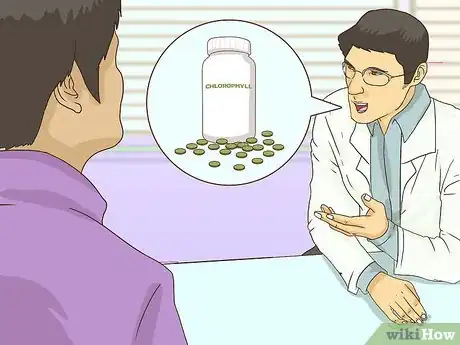
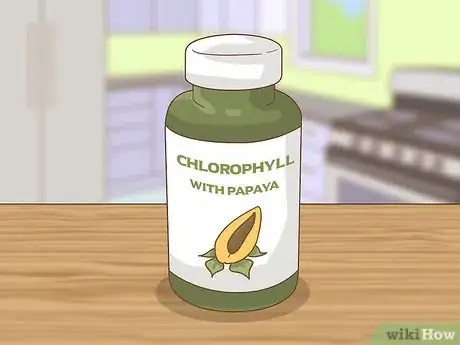
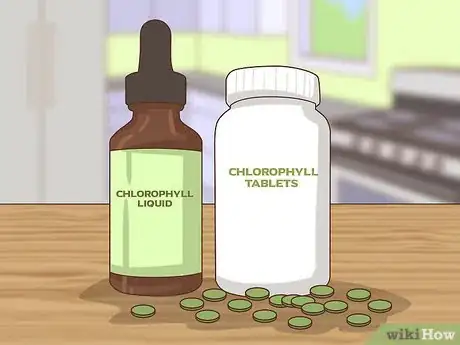
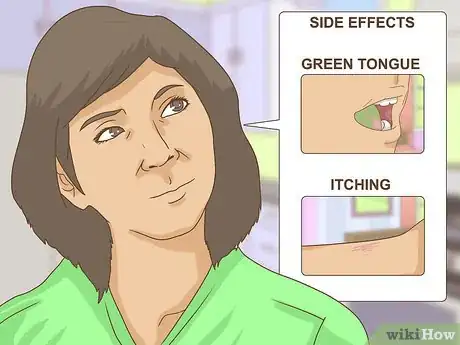
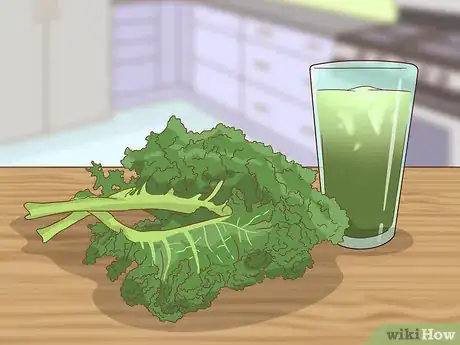
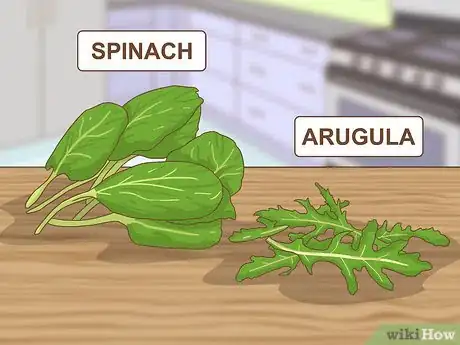
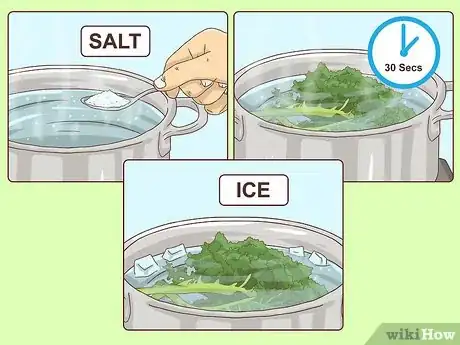

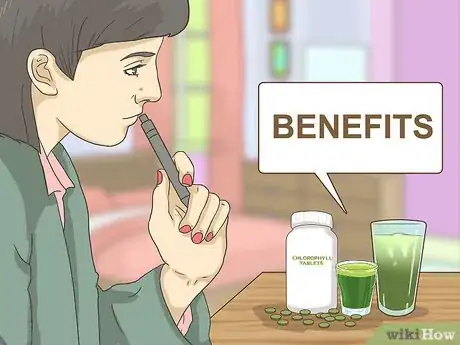
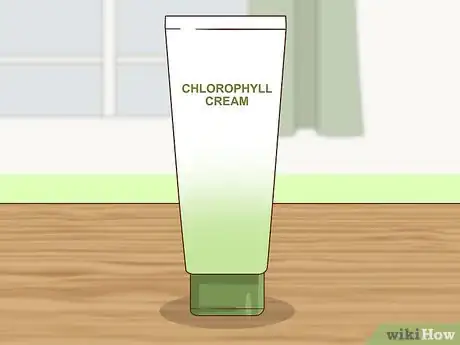

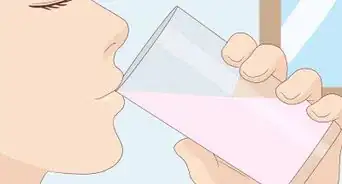
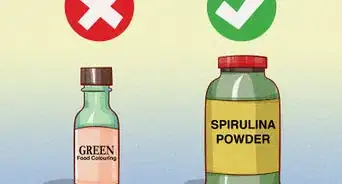

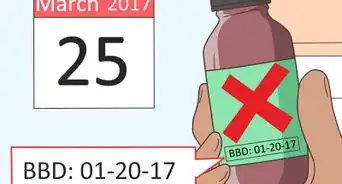
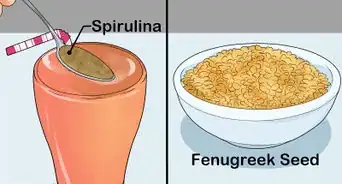

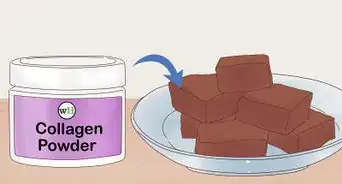
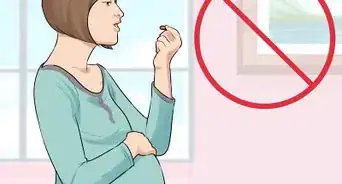
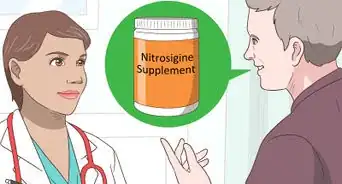
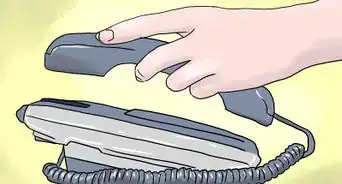
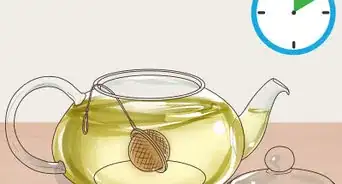









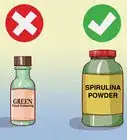





































Medical Disclaimer
The content of this article is not intended to be a substitute for professional medical advice, examination, diagnosis, or treatment. You should always contact your doctor or other qualified healthcare professional before starting, changing, or stopping any kind of health treatment.
Read More...